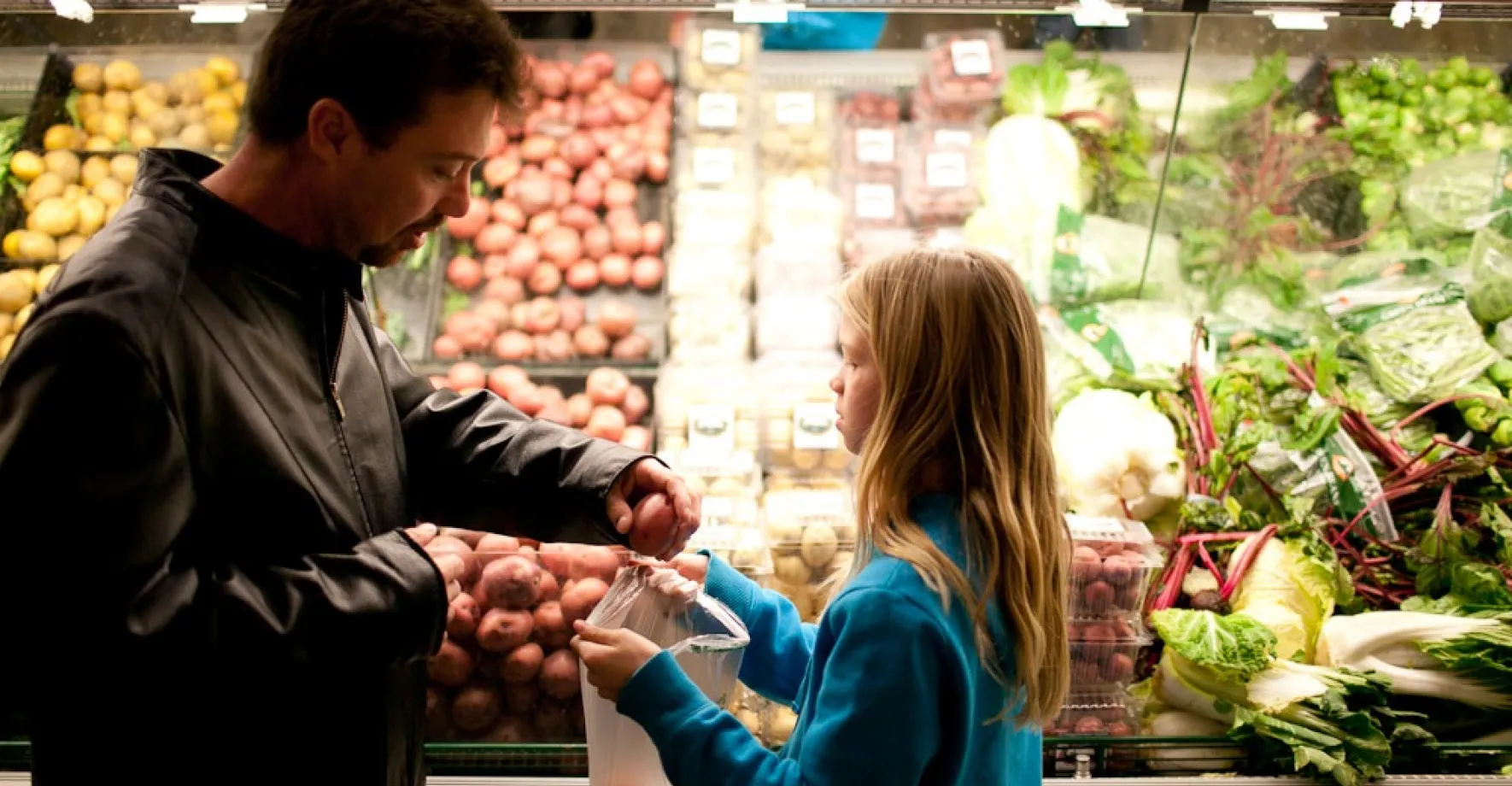
In July, millions of American families started receiving monthly payments through the advance Child Tax Credit, a newly expanded benefit designed to help parents with the costs of raising children.
The Child Tax Credit, or CTC, has been helping families with children for decades in the form of an annual tax refund. Under the newly enhanced version, this year the benefit will also be available to families who do not make enough income to file taxes. In addition, this year families can receive benefits monthly, as an advance on their return. Experts say this could be a game-changer for children in poverty.
Here are five things you should know about the Child Tax Credit.
-
The Child Tax Credit helps families afford the everyday expenses of raising children. Raising a family is expensive. For example, the USDA projects that it costs $285,000 to raise a child from birth to age 17, and that doesn’t include the cost of college. Historically, the Child Tax Credit gives money back to parents and caregivers at tax time to help offset the costs of raising kids (think housing, food, childcare, healthcare and other necessities).
- The Child Tax Credit has historically left out families with the most need. Traditionally, the Child Tax Credit has only been available as a tax refund, meaning millions of low- and no-income families did not make enough to qualify. The recent American Rescue Plan expands the Child Tax Credit for one year in three important ways:
— Through the remainder of 2021, the enhanced Child Tax Credit will be “fully refundable” for all families with children under the age of 17, meaning if your tax bill is lower than the credit (or you don’t make enough to owe taxes), you can still sign up and receive the difference.— It gives families the option to receive their benefits monthly instead of as a lump sum at tax time, which will help many families make ends meet each month.
— And the amount of the benefit will be higher this year, helping families recover from the pandemic hardship. The maximum benefit amount increased from $2,000 a year to $3,000 per child (or $3,600 for children under the age of 6.)
- Families should apply now to begin receiving the benefit. The monthly benefit is automatic for families who make enough income to receive a tax credit. However, families who do not make enough income to file taxes need to apply for the credit using this sign up tool.
- The benefit varies by household. The amount families will receive depends on income, the number of children in the household and their ages. Payments could be up to $300 per month for each qualifying child under the age of 6 and up to $250 per month for each qualifying child ages 6 to 17, with the size of the payment reduced as income levels go up.
- The Child Tax Credit is a critical tool in addressing childhood poverty and hunger. One of the most direct ways to feed hungry kids is to make sure their families have the resources they need for food. When cash is strapped, one of the easiest things to cut from the budget is food. According to estimates, the changes to the Child Tax Credit this year could help an additional 39 million households this year and lift as many as 5 million kids out of poverty; estimates say making it permanent could reduce child poverty by half.
Learn More About the Child Tax Credit Benefits
There is a lot of important information to gather about Child Tax Credit, how it works and how families can access the benefits. Here are five resources that can help:
- The Child Tax Credit explainer from the White House
- The Child Tax Credit Non-filer Sign-up Tool from the IRS
- Child Tax Credit Resources from the Children’s Defense Fund
- What’s New About the 2021 Child Tax Credit from Get it Back, a campaign of the Center on Budget Policy and Priorities
- The Child Tax Credit and Mixed Immigration-Status Families from the Center on Law and Social Policy (also available in Spanish)


